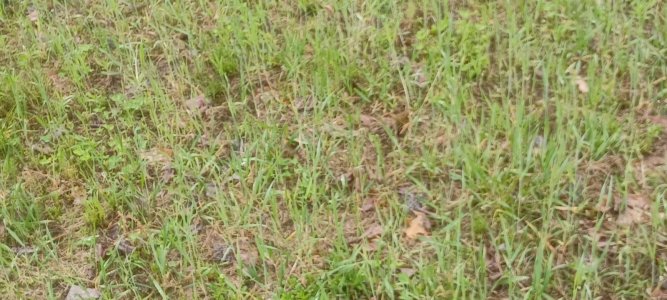"So what is a predictor of consistent success in row cropping? Good ground and good weather all other things be damned?"
Sorry to butt in. It's such a fascinating question.
The gift of good land is immeasurable. It's flat and big and easy to work. The soils are deep, well drained and filled with organic matter. The land is an an area with good climate. Reliable precipitation is a given. But high and low temperatures translated into growing degree days are important. Not too high. Not too low.
Such land will produce excellent yields at low cash costs. In many ways the cost to produce a crop is nearly fixed regardless of location, north-south-east-west. The differences on an acre basis are marginal but on a unit basis, cost per bushel, can be huge. That's the effect of yield. Using corn as an example, In the midwest it might cost (cash) $2.75. In the southeast maybe $3.25. If corn is going for $3.00 the midwest farmer is making something and in the southeast I am out of business. It has to start with productive land for the intended crop.
Cost of production -- $/bu or $/lb -- is everything!
Good land will yield well, responds positively to crop inputs, be cheap to work.
Once there is positive cash-flow at the production level the next trick is to find enough land to generate enough cash to service debate, pay for equipment, and provide a decent living.
A hundred years ago farmers in Virginia planted a million acres of corn. Today it's something like 350,000. The unit cost to produce corn is too high and too variable because land in my state is not nearly as productive as what's in the midwest.
Marketing, management, and financial restraint are important, more so where crops are grown on marginal land. In the Mississippi Delta the average cost to produce cotton is 35 to 40 cents a pound. It cotton is selling for 75-cents the money there is easy. Here where I am cotton production expense can approach an amount greater than the average market price. But we keep growing it because the "loan-rate" is higher than our production cost. So, thru smart decision making and management managing to squeeze a nickel out of costs thru adroit management can mean a lot.
And once you find the right combinations it is extremely difficult to give it up to try something new.


